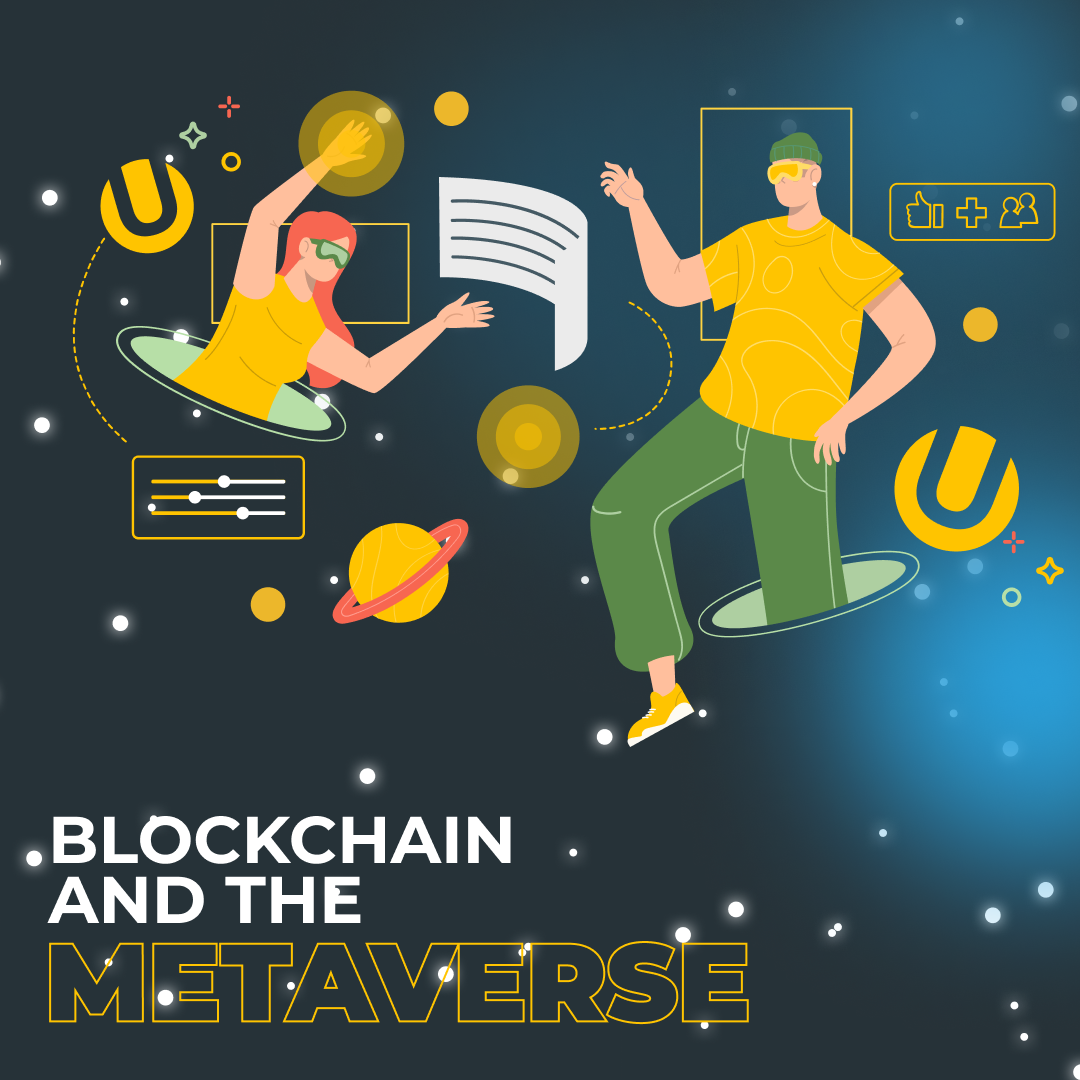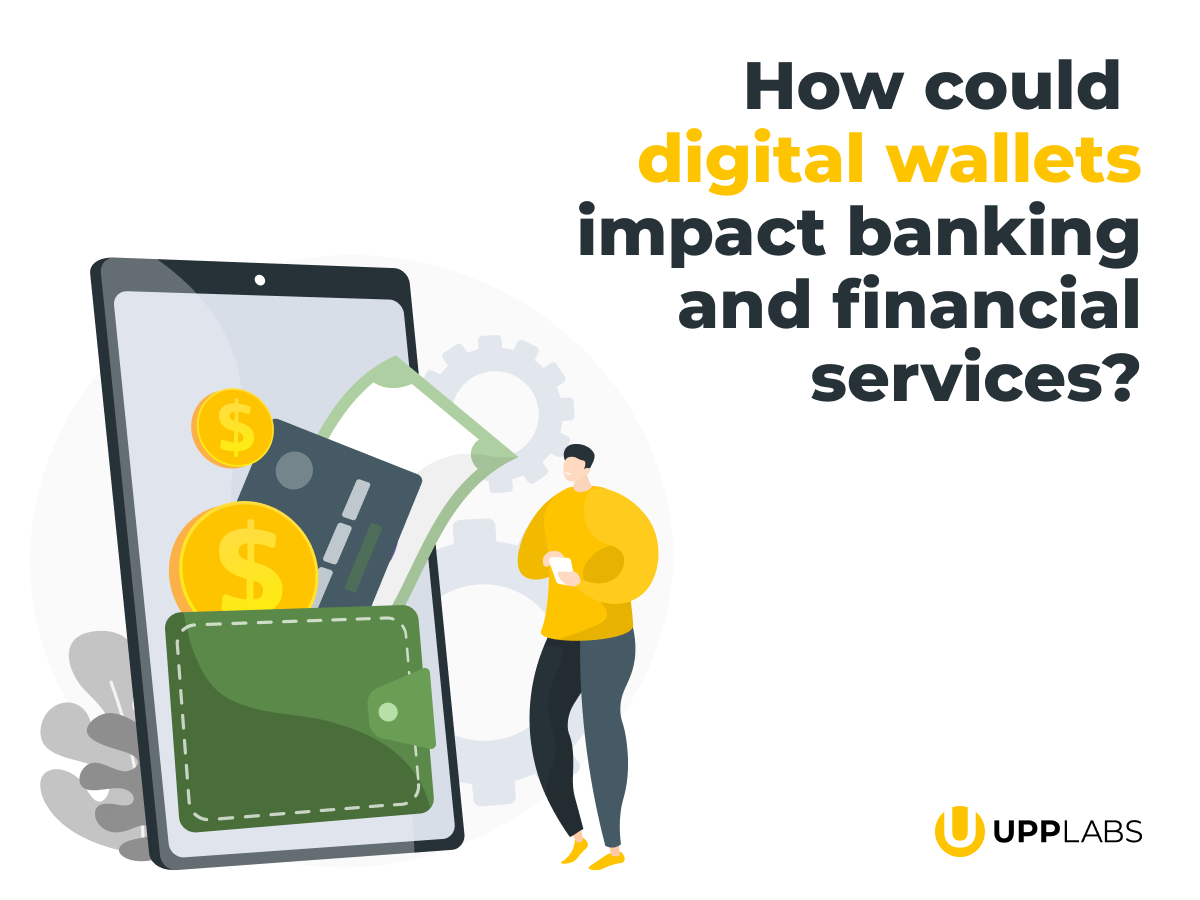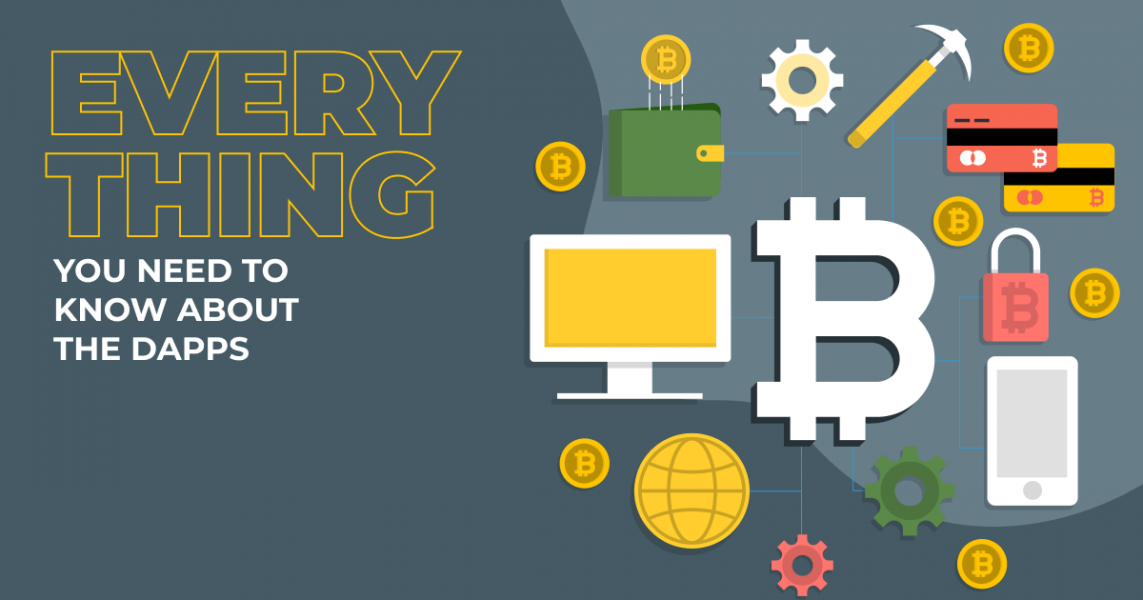The connections between the financial, virtual, and physical worlds are getting more assertive. The devices we use in our everyday use provide us access to almost anything we want at the touch. NFTs, blockchain games, and crypto payments are no longer limited to crypto-fans. All are now readily available as part of an evolving metauniverse. In this article, we are going to explore the Metauniverse and understand its prospects in the future.
Getting to know the Blockchain
Blockchain is a digital ledger of all cryptocurrency transactions. It is constantly growing as completed blocks with a new set of records. Each block contains the cryptographic hash of the previous block, a timestamp, and transaction data. Bitcoin nodes use the blockchain to distinguish legitimate Bitcoin transactions from attempts to respend coins that have already been spent elsewhere.
Blockchain technology was initially developed in 1991 by Stuart Haber and W. Scott Stornetta to timestamp documents without relying on a central authority. But only in 2009 Bitcoin introduced the blockchain as the first peer-to-peer payment network without a central authority.
The term “blockchain” was first introduced in 2008 by Satoshi Nakamoto, Bitcoin’s anonymous creator, as a distributed ledger technology (DLT) type.
A DLT is a database spread across multiple computers or “nodes.” This decentralized structure provides greater security and transparency as there is no single point of failure, and all transactions are available to everyone.
Blockchain has several potential applications in currency, contracts, voting, and governance. Some proposed applications include using blockchain to:
- Record land ownership and documents to make ownership more secure;
- Create transparent online voting systems that cannot be faked or hacked;
- Revolutionize supply chain management by tracking the origin of food and other products.
Blockchain is still a developing technology with many unanswered questions about its potential application. But it seems clear that blockchain has the power to revolutionize several industries soon.
What is Metaverse?
Metaverse is a decentralized network of virtual worlds and 3D environments created by blockchain technology. Metaverse is designed as a user-friendly platform that anyone can use to create their virtual world or 3D environment. It is a space that connects users in all aspects of their lives. It combines multiple platforms and websites that will be accessible using a single browser. Users can create avatars, buy and sell virtual property, and interact with other Metaverse users.
This concept was developed in Neal Stephenson’s science fiction novel “Snow Crash.” Although the idea of a metauniverse was once fiction, it now looks like it may become a reality in the future.
Metaverse was developed by a team of blockchain experts and developers led by Eric Gu, co-founder of Antshares (now NEO). The Metaverse Foundation and the team behind the Metaverse project are based in Shanghai, China.
How does metaverse relate to Blockchain technology?
With the development of blockchain technology, many companies have started experimenting with building their proprietary blockchain platforms. Metaverse is one such organization.
Metaverse’s goal is to provide a blockchain platform that is easy to use, scalable and secure. It also focuses on the development of digital assets and smart contracts.
The Metaverse Digital Asset System allows users to create and release their unique digital assets that can have anything of value, such as stocks, bonds or even loyalty points.
Smart contracts are applications that run on the Metaverse blockchain and can be used to manage the transfer of digital assets automatically.
Cryptocurrency can be an excellent fit for the metaverse, as it allows for forming a digital economy with various types of utility tokens and NFTs. With NFTs, you can access multiple digital assets, from virtual homes and businesses to digital clothing for your avatar, digital art, and other virtual items. NFT will protect your digital property from hacking and copying.
Users can invest and trade irreplaceable tokens, earning real money without playing. It is possible to create a virtual reality similar to our own world and enhance it. However, it all depends on the use of a metauniverse blockchain that secures and validates the data contained within it and the cryptocurrency that supports it.
Advantages of metauniverse technologies
- Financial products and services have become more accessible with a lower entry barrier for investment.
- Helping people monetize their work and experiences (like games) to supplement the shrinking income due to inflation and the pandemic.
- Increasing transaction efficiency and minimizing costs by eliminating intermediaries in processes such as money transfers.
- Attracting interest from many demographic groups outside the traditional financial sector, introducing innovative ideas and new opportunities.
- Engaging and connecting the community through project management.
Five famous Metaverse projects
- Decentraland (MANA)
Decentraland is an Ethereum-based virtual reality blockchain platform where users can buy, create and monetize virtual objects. Users can purchase virtual land in the platform world, giving them ownership and control over the applications they make on their land.
- Sandbox
Sandbox is an Ethereum-based metauniverse and gaming ecosystem where you can create, share and monetize assets and games. It was created by Pixowl, and the Sandbox is designed to break the traditional rules of the gaming market, where platforms own and control user-generated content and the rights of creators and players are limited. In the sandbox, users have complete control over the creations in their world.
- Wilder World
It combines the world of 3D art and the economy of players. The game’s Virtual Reality(VR)/Augmented Reality (AR) enables a gaming platform with several attractive applications that will appeal to creators and collectors alike.
- Star Atlas
This next-generation Metaverse game was born from the combination of modern blockchain, real-time graphics, multiplayer video games, and decentralized financial technologies. Real-time graphics technology allows you to create cinematic quality video games. Blockchain technology and the Solana protocol make the game serverless and secure. You can earn and sell the NFT tokens on Star Atlas, where you can create a real economy and ownership.
- Bit.Country
The core idea of Bit.Country is a place where people can create their community, owners can set their regulations or create tokens to attract new users to follow and interact. Bit.Country includes a 2D social network (like Twitter or Subsocial) and a 3D gaming platform (like Decentraland) with a futuristic virtual reality visualization. Bit.Country has its own NFT galleries with marketplaces, tokens, and community management.
What is the future of the metaverse?
Facebook is one of the active supporters of creating a single metaverse. This is especially interesting for the cryptocurrency metaverse due to Facebook’s Diem stablecoin. Mark Zuckerberg has been outspoken about his plans to use the metauniverse project to promote the remote work concept and improve financial opportunities for people in developing countries. The fact that Facebook owns social networks, communities, and cryptocurrency platforms gives it an excellent start to merging all these worlds into one. Other major tech companies also target the metaverse, including Microsoft, Apple, and Google.
Regarding the cryptocurrency metaverse, further integration between NFT marketplaces and 3D virtual universes seems to be the next step. NFT holders can already sell their goods from various sources on marketplaces such as OpenSea and BakerySwap, but there is no popular 3D platform for this yet. Blockchain developers can develop popular apps similar to the metaverse on a larger scale, with users that exceed the tech giants.



